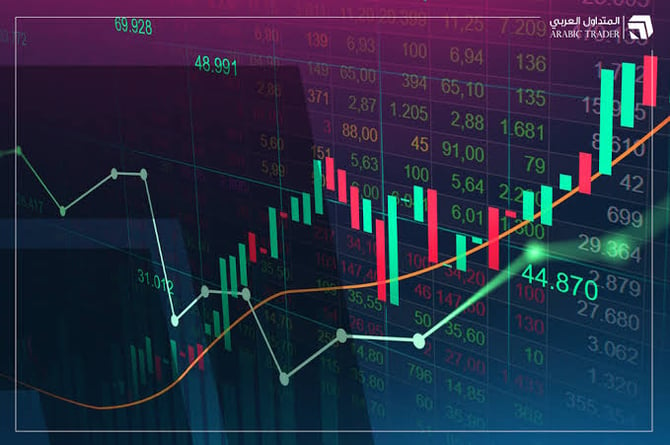Catastrophe Bonds Go Global as Climate Risk Meets Yield Hunting

Catastrophe bonds, once a niche US insurance-market product, are steadily becoming a global investment talking point as climate risks intensify and investors chase yield in a high-rate world.
First issued in the 1990s, these instruments allow governments, insurers, and reinsurers to transfer disaster risk to capital markets. Investors earn attractive returns if no qualifying catastrophe occurs, but lose some or all of their capital if a predefined trigger, such as wind speed or atmospheric pressure, is met.
The global cat bond market is now worth about $57.9 billion, and it delivered striking performance in recent years, with returns near 20% in 2023 and about 17% in 2024.
For issuing countries, the appeal is immediate funding at a time when sovereign debt servicing costs are rising and international aid budgets are under pressure.
Jamaica’s experience illustrates both sides of the coin: a prior hurricane failed to trigger a payout due to technical thresholds, while this year’s Hurricane Melissa activated roughly $150 million in World Bank-backed catastrophe insurance.
What Does This Mean for Me?
For investors, the attraction lies in high yields, low correlation with equities and traditional bonds, and short maturities that improve portfolio flexibility.
The risk profile, however, is unforgiving. Mid-sized events such as floods, wildfires, and tornadoes are now frequent enough to surprise investors who once assumed only extreme disasters would trigger losses.
As a result, institutional investors dominate the market. Retail access remains limited, though the first cat bond ETF recently launched on the NYSE. In Europe, regulators remain cautious.
More News

China’s Growth Engine Stalls as Consumers and Investors Pull Back

Egypt’s Recovery Gains Traction as Household Pressure Lingers

OECD Warns AI and Tariffs Will Test the Global Economy

Zero Tariffs, Higher Drug Bills as US and UK Reset Pharma Trade
.webp)
Canada Shields Steel and Lumber Industries From Tariffs

Trump Drops Selected Tariffs in Response to Inflation Pressures

Tariffs on Mexico Test Nuevo Leon’s Industrial Momentum
